Astronomers have discovered a swarm of exocomets, icy bodies originating from outside our solar system, hurtling towards a young star located approximately 300 light-years from Earth. According to a study published in the journal Nature, the exocomets were detected passing in front of the star, creating a phenomenon known as a transit. This observation was made possible by the use of advanced telescopes and data analysis techniques.
Dr. Field G. Bacon, a researcher involved in the study, stated, "The discovery of exocomets is a significant finding, as it provides insights into the formation and evolution of planetary systems beyond our own. These icy bodies are thought to be remnants from the early days of star formation, and their presence near a young star suggests that they may be influencing the star's environment." Bacon's team used data from the Hubble Space Telescope and other observatories to analyze the transit events and determine the characteristics of the exocomets.
The discovery of exocomets has significant implications for our understanding of planetary formation and the potential for life beyond Earth. According to Dr. Andrew Gibson, lead author of the study, "Exocomets are like cosmic messengers, carrying information about the early days of star formation and the conditions that led to the creation of planetary systems. By studying these exocomets, we can gain a better understanding of the processes that shape the universe and potentially even the origins of life itself."
The discovery of exocomets is not a new phenomenon, but rather a significant advancement in our understanding of these icy bodies. In the past, astronomers have detected exocomets passing in front of other stars, but this latest finding provides the most detailed observations to date. The study's findings have been met with excitement from the scientific community, with many experts hailing the discovery as a major breakthrough in the field of exoplanetary science.
As researchers continue to study the exocomets and their interactions with the young star, they hope to gain a deeper understanding of the complex processes that shape the universe. According to Dr. Bacon, "The discovery of exocomets is just the beginning of a new era in exoplanetary research. We are eager to continue studying these icy bodies and uncovering the secrets they hold about the formation and evolution of planetary systems beyond our own."
The study's findings have been published in the journal Nature, and researchers are currently working to analyze the data and refine their understanding of the exocomets and their interactions with the young star. As the scientific community continues to explore the universe and uncover its secrets, the discovery of exocomets serves as a reminder of the vast mysteries that remain to be solved.



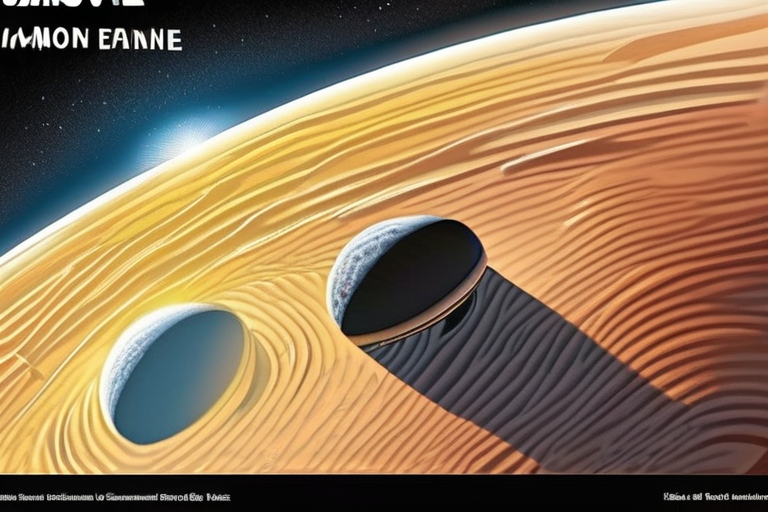

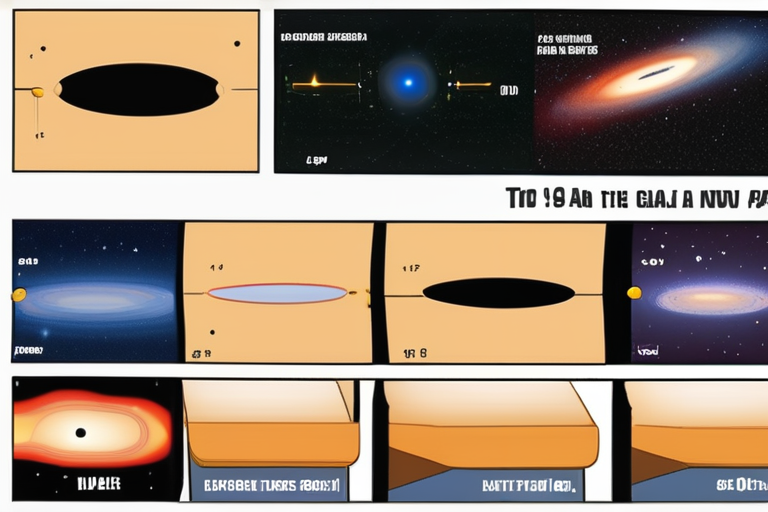
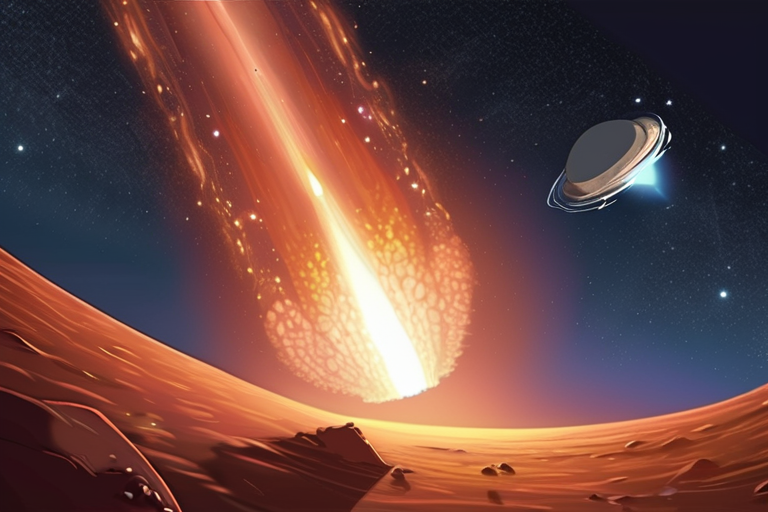












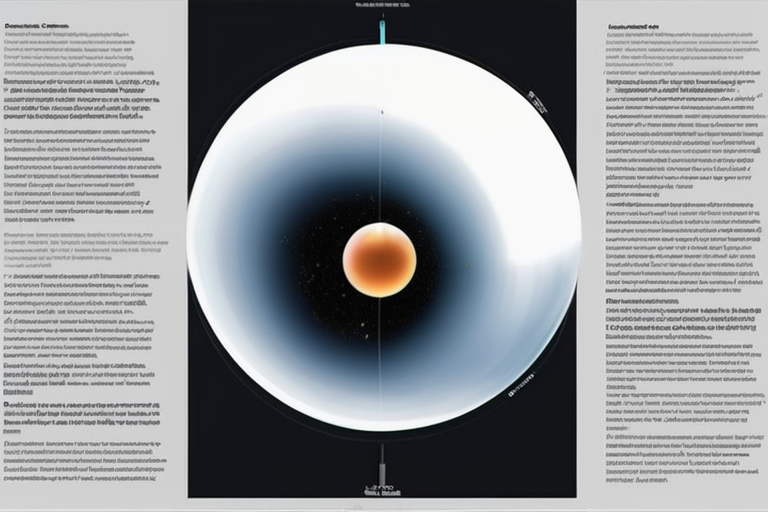

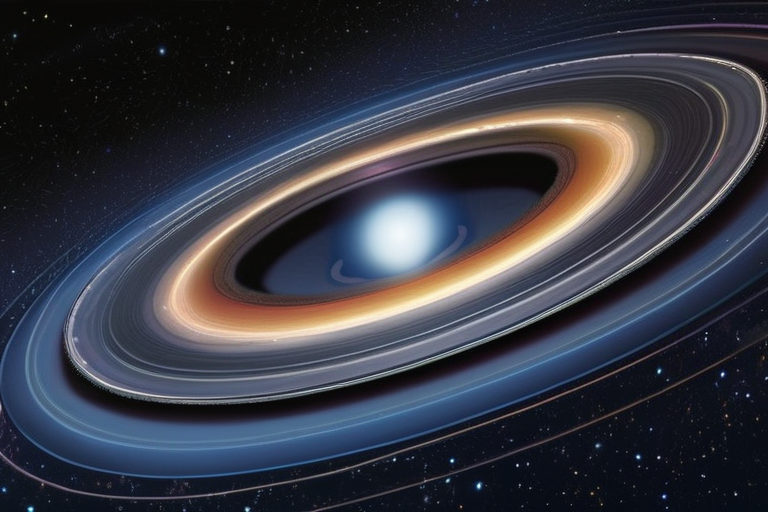





Share & Engage Share
Share this article